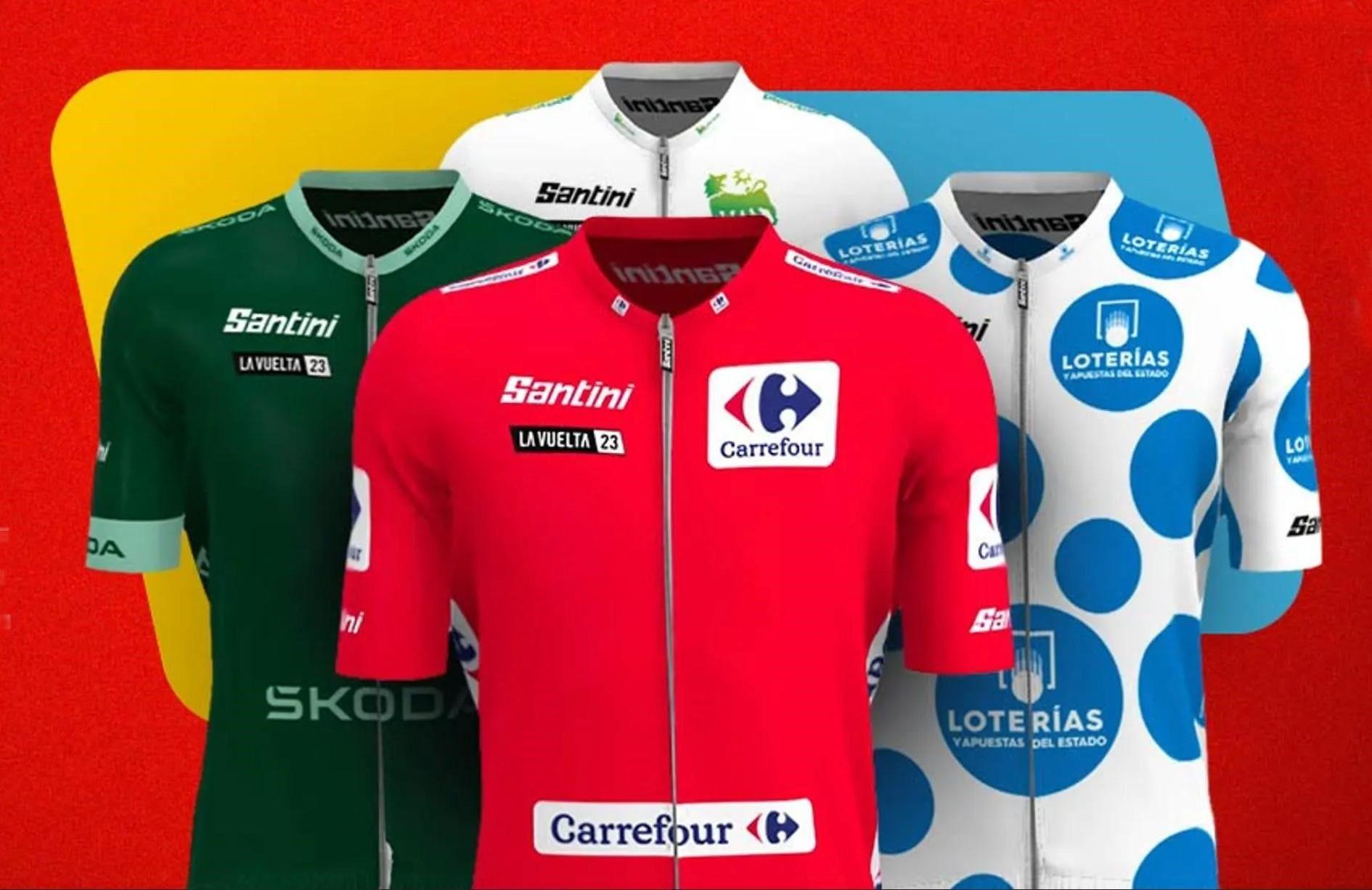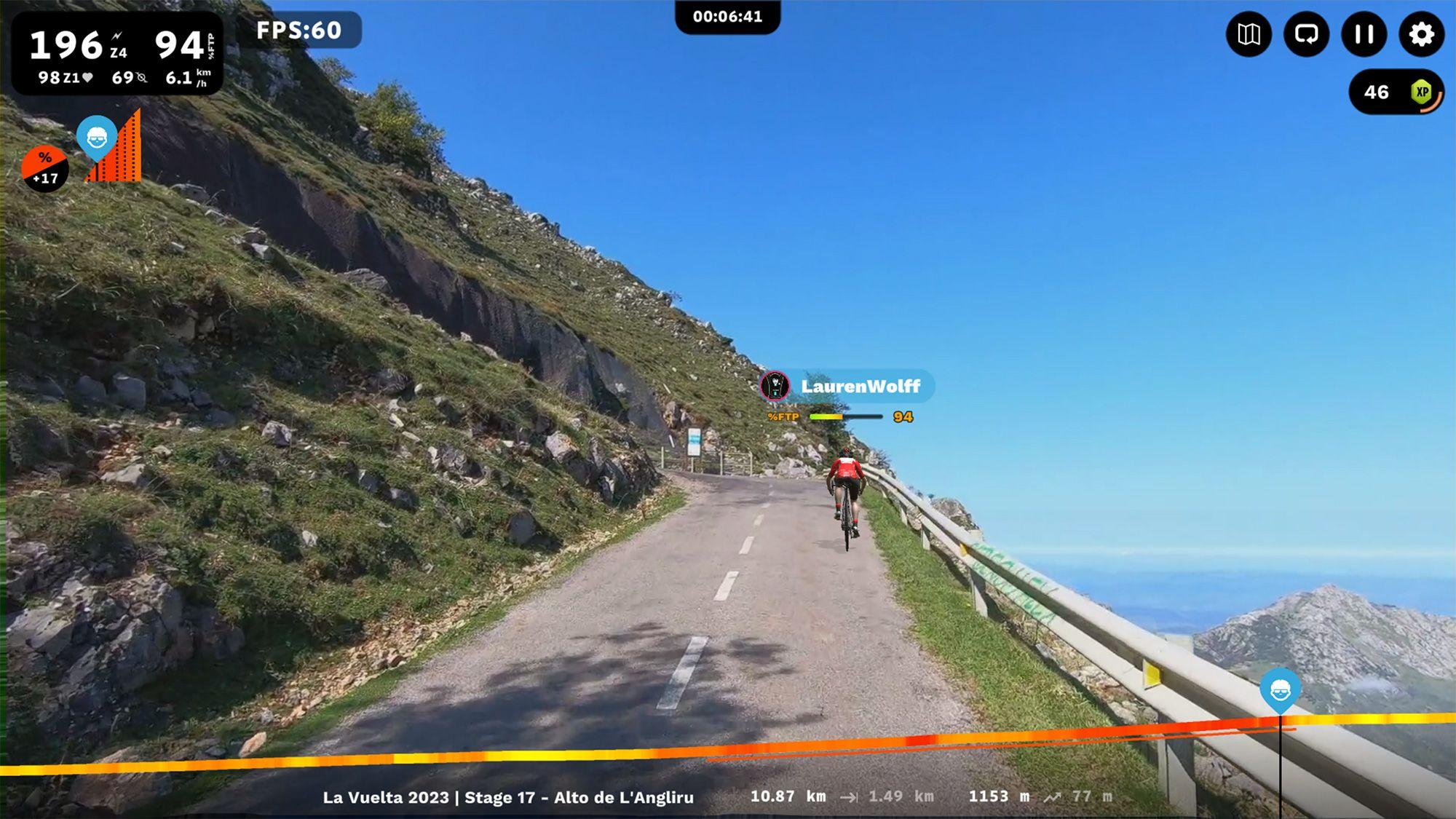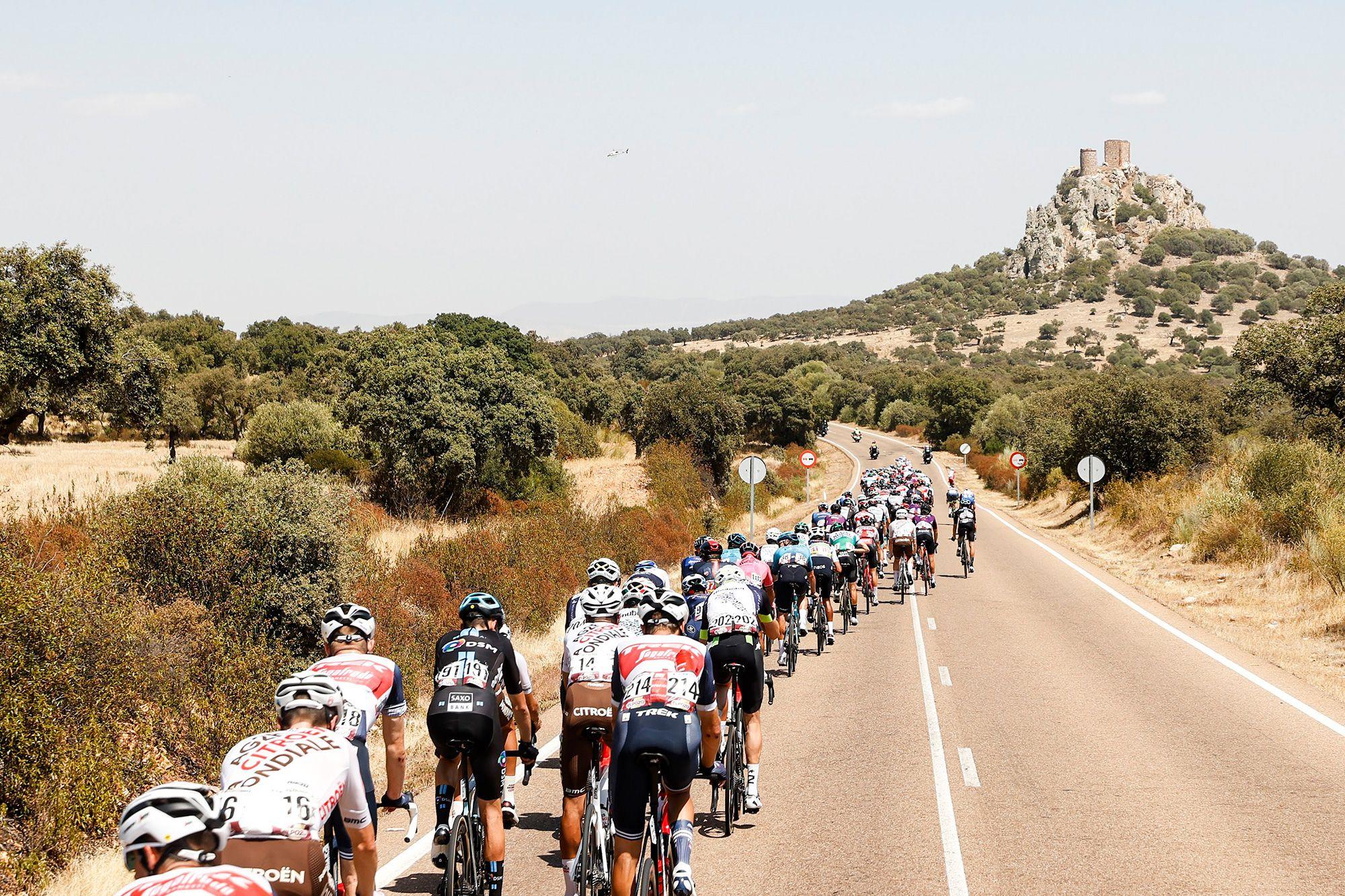The La Vuelta origins
La Vuelta was established much like the other Grand Tours, with the help of newspapers, as Spain wanted their version of Le Tour and the Giro. In 1935, a Spanish newspaper called Informaciones sponsored the inaugural event with mostly Spanish entrants. This first event enticed 50 entrants who had to tackle an incredible 3,400km over only 14 days! That's 240 km per stage! The Spanish Civil War and World War II put the event on hold, but after 1955 it became an annual event on the cycling calendar and was extended to 3 weeks, including two rest days. Its first-ever winner was the Dutchman Gustaaf Deloor.
 The Spanish newspaper Informaciones sponsored the inaugural La Vuelta
The Spanish newspaper Informaciones sponsored the inaugural La Vuelta
The Special La Vuelta points classification jersey colours
Red jersey
The red jersey is the leader's jersey. The leader is the rider who has completed all stages in the fastest time. He is also known as the overall (general) classification leader.
Green jersey
The green jersey is the sprint points jersey. Typically won by sprinters, this jersey goes to the rider with the most sprint points at the end of the race.
Polka dot jersey
The polka dot jersey is for the king of the mountains. The first rider to cross specific mountains gets the most points. Throughout the race, the winner of the mountains classification is the rider with the most points. The jersey is white with large blue polka dots.
White jersey
The best young rider wears a white jersey. The winner of the white jersey is the highest-placed rider in the general classification under the age of 26.
 The GC jersey colours at La Vuelta
The GC jersey colours at La Vuelta
La Vuelta fun facts from the record books
So did you know that …
- The Belgian Remco Evenepoel in the young rider's white jersey, took the victory and the red winner's jersey in 2022.
- The La Vuelta Femenina, which had its first edition earlier in May 2023, was won by the legendary Annemiek van Vleuten.
- Roberto Heras still holds the record number of wins at four victories.
- Alberto Contador, Tony Rominger and Primož Roglič have three wins each to their names.
- Primoz Roglič became the first rider since Rominger to win three consecutive Vueltas.
- Spanish cyclists top the list of most victories, followed by France and Belgium.
 Primoz Roglič became the first rider since Rominger to win three consecutive La Vuelta events
Primoz Roglič became the first rider since Rominger to win three consecutive La Vuelta events
The Spanish race atmosphere and frenzied vibe
The riders will tackle epic and classic stages through diverse landscapes and scenery, from the harsh and wild Pyrenees to the olive groves and rolling countryside further inland to meandering along the tropical and idyllic beaches of the northern and eastern coastlines. The fans will be in their hordes, shouting and cheering along the route for the peloton and their favourite pro riders to 'Vamos' as the crowds thicken and draw closer towards the summits of the steepest climbs. Let's take a closer look at these focal points!
 La Vuelta peloton riding along the Spanish coastline
La Vuelta peloton riding along the Spanish coastline
Highlight climbs from the pro race 2023
The legendary Col d’Aubisque and the Col du Tourmalet
Friday 8th September - Stage 13
The riders set off from Formigal and tackle the Col d’Aubisque and the Spandelles before finishing at the Col du Tourmalet summit - all bucket list climbs for many cycling enthusiasts! The Aubisque marks the gateway to the French Pyrenees and a playground of Cols that have often played centre stage for the riders of the Grand Tours.
 Ride the legendary Col d’Aubisque on ROUVY
Ride the legendary Col d’Aubisque on ROUVY
The more traditional and more challenging side of the Aubisque begins from the town of Laruns on the west side of the mountain. The slope has an average gradient of 7.2% over 16.6km, with the last 8km averaging a shade over 8%.
The Col du Tourmalet, also called the jewel of the Pyrenees, is a paved mountain pass between the Ardour and Campan valleys and one of the highest in the region. It has been included in the Tour more often than any other pass since 1910 when the Pyrenees featured in the Grand Tours. It is ranked an 'hors catégorie' climb, or exceptional, meaning the most challenging type of climb in a pro race.
 Ride the legendary Col du Tourmalet on ROUVY
Ride the legendary Col du Tourmalet on ROUVY
From the western side heading east and north, from Luz-Saint-Sauveur, the climb is 18,7km long, with an average grade of 7%, 1399 metres of climbing and a maximum gradient of 13%. As with most French climbs, each kilometre is marked and indicated by a sign with the summit's height, the distance to it, and the average gradient of the next kilometre.
For any climbing enthusiast, a trip to the Pyrenees is memorable and a climbing tour bucket list must-do, and should include these gruelling ascents. They might not be the steepest, longest or highest climbs, but as some of the oldest, they have served as battlegrounds for many close confrontations between the climbing legends attempting to break each other on the way to the summit.
Summit finish on the Alto de l'Angliru
Wednesday September 13th - Stage 17
What could be the decisive stage of the entire race, the riders suffer their way up what is probably the steepest and most demanding climb in any Grand Tour. It’s a killer! In Gamonal, Asturias, in northern Spain, the Alto de l'Angliru, previously visited in 2020, comes after two intermediate climbs. For the winner of this stage, it will be the finest victory of his career. The Alto de L'Angliru, also known as El Infierno, is an unrelenting climb, and race organisers like to feature it as a highlight stage and finish, first used in 1999. Riders, however, know that it will be painful, and they will suffer. An example of this was the former pro rider David Millar who famously stopped half a metre short of the summit finish refusing to cross the line in protest. He was disqualified and later apologised.
 Ride the iconic Alto d’Angliru on ROUVY
Ride the iconic Alto d’Angliru on ROUVY
With an average gradient of 10% and a maximum of 23%, it gets steep from around 5,5km, after which you won't find slopes less than 13%, and the last 3km are the steepest at about 17%. It is a climb of two halves over 12,4 km with 1,230 m of climbing, the second half being the toughest.
Virtual La Vuelta on ROUVY
ROUVY is the only indoor cycling app where one can experience riding on hot off-the-press routes from this iconic Spanish race from your home on your trainer. Experience the thrills, sights and emotions with realistic, high-quality video routes whether you are a hobby rider or race snake, from social and casual group rides to full gas racing. It’s your choice!
Take part in the La Vuelta challenges and events, leading to the opportunity to qualify and participate in the Grand Final virtual race in Madrid in real life. Test your fitness with your friends and try to conquer the legendary climbs and undulating terrain on the latest routes the pros will be racing on and join in the fun and excitement. Each race has rolling hills, iconic climbs or fast flats - courses to suit everyone, whether you are a climber, puncheur or rolleur.
Check out ALL LA VUELTA EVENTS on WHAT’S ON ROUVY
La Vuelta Challenges Challenges:
La Vuelta | Tranquilo: 26 August - 30 September x 4 routes (500 XP) - flat
La Vuelta | Medio: 26 August - 30 September x 4 routes (1100 XP) - climbing
La Vuelta | El Diablo: 26 August - 30 September x 15 routes (3000 XP) - various profiles
Get fitter and follow the pros' on the same routes. Keep going with ROUVY and feel the heat of La Vuelta!














